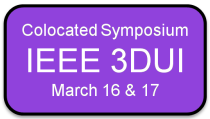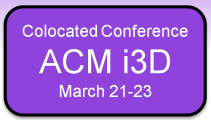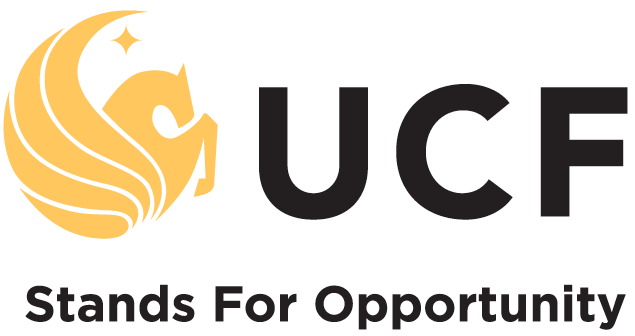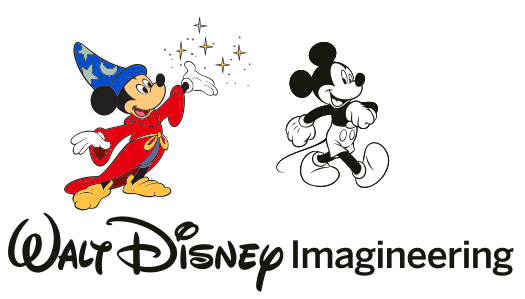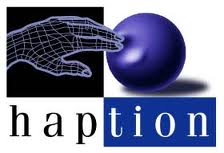- Home
- Program
- Presenter Info
- Call for Participation
- Venue
- Registration
- Committees
- Past Conferences
- IEEE 3DUI 2013
- ACM i3D 2013
[PN-003] VR Science Meets Fiction
Virtual Reality (VR) and three-dimensional user interfaces (3DUIs) are common themes in cyberpunk movies or science fiction literature. Directors and authors of this genre use VR and 3DUI as a metaphor to illustrate their visions of the future of human-machine communication and/or human-computer interaction. In this context, for instance VR is often used to question whether we truly “know” whether our perceptions are real or not. Movies like “The Matrix” directed by the siblings Lana and Andy Wachowski or the fictional holodeck from the Star Trek universe are prominent examples of these kind of perceptual ambiguities (see Figure 1). In other cases, we find that actors can use VR technology to immerse themselves into a remote location by using a humanoid robot like in James Cameron’s Avatar or Jonathan Mostow’s “Surrogates”. 3DUIs are often used to illustrate visually impressive user experiences during the interaction with 3D content. In movies like Steven Spielberg’s “Minority Report” or Jon Favreau’s “Iron Man 2”, actors can seamlessly use free-hand gestures in space combined with speech to manipulate 3D holographic projections, while they also perceive haptic feedback when touch virtual objects. When we consider current and past VR and 3DUI installations, we will observe that some of these visions have already been implemented and evaluated in laboratory environments. However, some have been used successfully, others have been proven to be very inefficient in a real use case. Indeed, VR science and fiction seem to be closely related, and there is enormous potential for common visions and perspectives at the intersection of technology and fiction. For instance, the IEEE 3DUI 2013 contest is inspired by Bruce Banit’s movie “World Builder”. Hence, both communities would benefit from a deeper exchange of thoughts and ideas. The proposed panel “VR science meets fiction” will provide a unique forum to foster discussions between both communities, i. e., scientists with background in VR, 3DUI and/or CHI as well as directors and authors from fictional literature, movies and/or arts. The panel will bring together scientists, directors and novelists to explore the ways in which fiction is interpreting, engaging with, and elucidating the world of science and vice versa. During the panel, for instance, the following questions could be addressed:
- What can both communities learn from each other?
- Who is inspiring whom?
- How real are the fictional visions?
- How can they technologically be realized?
- Which have already been realized?
- Which of these fictional visions are worthwhile to be realized?
- What are the chances and benefits?
- What are the limitations and risks ?
Prior the panel, we plan to perform an informal survey via the 3DUI mailing-list and collect potential topics to be discussed at the panel. Furthermore, we will ask for technical setups or research papers, which clearly address ideas from fiction movies or literature, but will also ask for visions, which would be worthwhile to be implemented.
Participants
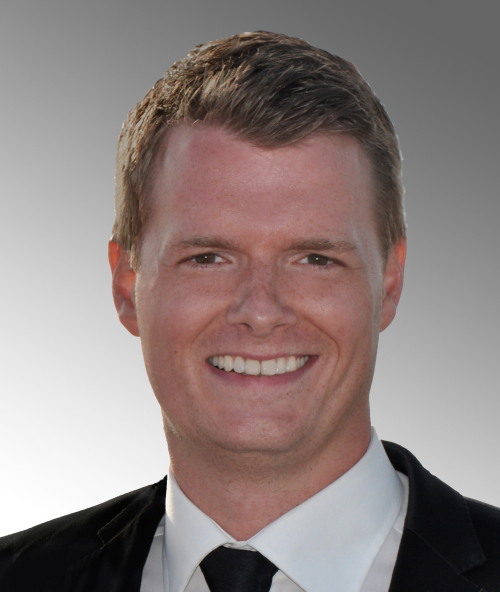
Frank Steinicke, Immersive Media Group, Germany (Organizer)
Frank Steinicke is a professor for Computer Science in Media and head of the Immersive Media Group at the Department of Computer Science and Director of the Department of Human-Computer-Media at the University of Würzburg. In 2002 he graduated in Mathematics with a minor in Computer Science, and obtained his PhD degree in 2006 in computer graphics and visualization from the Department of Computer Science in Münster. After his graduation he worked as a visiting professor at the Department of Computer Science at the University of Minnesota, USA. He habilitated in 2010 and received the venia legendi in computer science in Münster. His research interests include the mutual interactions between the real world and virtual worlds: (i) how perceptual illusions in VR can be used to understand perception in the real world and (ii) how limitations of the perceptual system can be used to improve the experience in the VE.
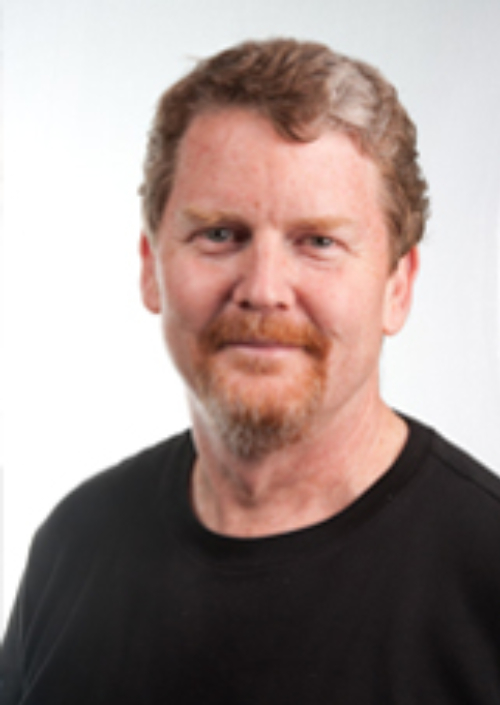
Christopher Stapleton, Simiosys Real World Laboratory, USA
Christopher Stapleton is a Creative Venture Catalyst producing and designing novel experiential media for major content brands. He is a published author for innovative experience design. His publications and writings are transforming User eXperience (UX) in all aspects of how we work, play, shop and learn. His research in imagination, innovation and immersion is advancing the art and science of experiential media (Digital Media, Simulation, Mixed Reality, Virtual Reality, Augmented Reality). Experiential media is the convergence of all media to engage all the senses in all directions, dimensions and realities. Mr. Stapleton expertise in design, production and education explores how we leverage the next generation technology, techniques and talent to provide experiential make-overs for venues of entertainment, learning, marketing, training and recreation. With his unique experience as an entrepreneur, researcher, civic leader, author and professor, he transforms imaginative ideas into innovative solutions through transdisciplinary collaboration and motivational leadership.
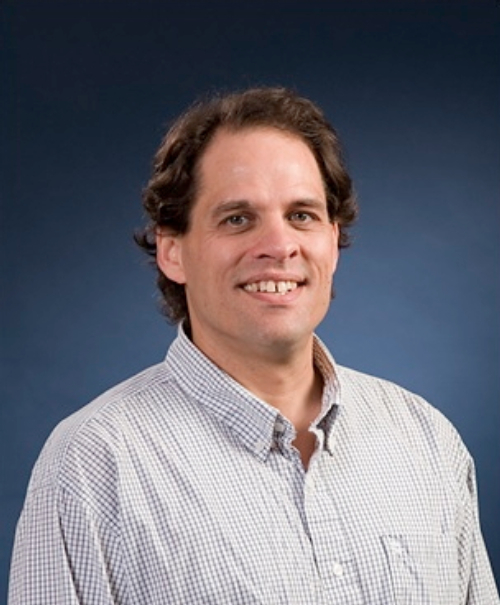
Rob Lindeman, Worcester Polytechnic Institute, USA
Rob Lindeman is an Associate Professor in the Computer Science Department at Worcester Polytechnic Institute (WPI) in Massachusetts. He founded the Human Interaction in Virtual Environments (HIVE) Lab at WPI, where he and his students specialize in virtual reality, 3D human-computer interaction, teleoperation, and Augmented Reality. He teaches in the Interactive Media & Game Development (IMGD) program. He earned the B.A. degree (cum laude) in Computer Science from Brandeis University, the M.S. degree in Systems Management from the University of Southern California, and the Sc.D. degree in Computer Science from The George Washington University. He is a Senior Member of both the ACM and IEEE, and a member of UPE.

Evan Goldberg, Disney Animation Studios, USA
Evan Goldberg is Manager of Animation Technology at Walt Disney Animation Studios, where he oversees a team of software engineers that develop technology for modeling, rigging, layout, animation, stereo, drawing, and the camera capture stage. He has earned credit in a dozen films and shorts, including the recent blockbusters Wreck-It Ralph and Tangled. Throughout his tenure at Disney, Evan has been involved in several projects on the cutting edge of the computer graphics industry. He has four published SIGGRAPH talks. A core member of the stereoscopic R&D team at Disney, Evan was a recipient of the International 3D Society’s Lumiere award. Evan’s technical influence often extends beyond the Disney Animation walls. He was actively involved in the creation of Maya’s camera sequencer, a collaboration between Disney Animation and Autodesk, he chaired Autodesk’s inter-studio workshop on file referencing, and he is a member of their Film Advisory Council and the Virtual Production Committee. Venturing into the mobile world, Evan was a driving force behind ”Totally Tangled”–Disney Animation’s first mobile game.
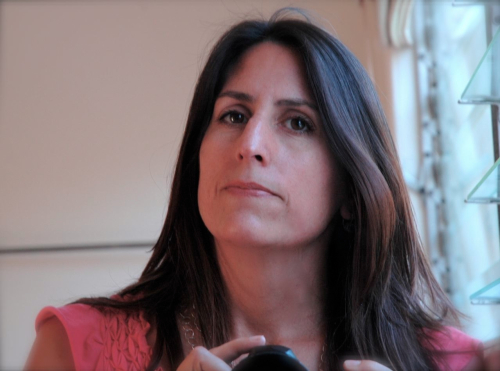
Nonny de la Peña, USC School of Cinematic Arts Interactive Media Division, USA
Nonny de la Peña is pushing technological boundaries for narrative endeavors, including exploring 3D environments for news, non-fiction and documentary. Called One of the 13 people who made 2012 more creative by FastCompanys CoCreate, she has built several VR constructs including Hunger in Los Angeles, which premiered at the Sundance Film Festival in January 2012. Her other projects include the MacArthur funded Gone Gitmo, a virtual Guantanamo Bay Prison; Cap & Trade, an interactive exploration of the carbon markets built with Frontline World and CIR; Ipsress which investigates detainees held in stress positions; and Three Generations, a newsgame on the California eugenics movement. Currently a graduate fellow at the University of Southern Californias Interactive Media Arts department after spending the last two years as a Senior Research Fellow in Immersive Journalism at USCs Annenberg School of Journalism and Communications. A graduate of Harvard University, she is also an award-winning documentary filmmaker with twenty years of journalism experience including as a correspondent for Newsweek Magazine and as a writer whose work has appeared in the New York Times, Los Angeles Times Magazine, Premiere Magazine, and others. Her films have screened on national television and at theaters in more than fifty cities around the globe, garnering praise from critics like A.O. Scott who called her work a brave and necessary act of truth-telling. While at USC, de la Peña is developing sophisticated linear narratives in virtual reality that explore the experiential nature of nonfiction and the feelings of presence that come with the connection to a digital representation of oneself. De la Peña's other credits include co-founder of Stroome, a collaborative video sharing site which won a Knight News Challenge Grant.



